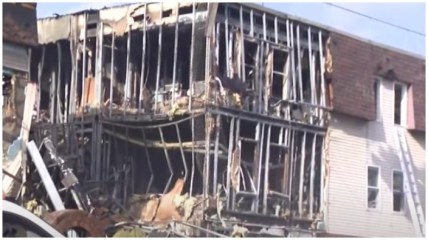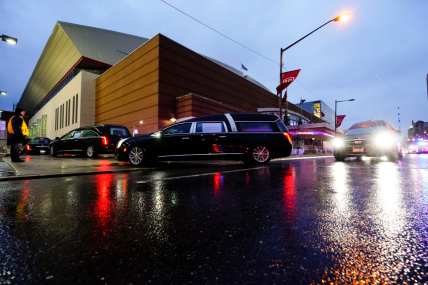Bronx building blaze sparks national conversation about fire safety racial disparities
"There is no doubt in my mind that people of color and lower socioeconomic people are subjected to unbelievable risk being in these buildings," attorney Robert Vilensky told theGrio.
A parade of mourners gathered on Sunday outside the Islamic Cultural Center in the Bronx to say goodbye to 15 of the 17 New Yorkers who perished on Jan. 9 during one of the deadliest home fires in modern U.S. history.
All of the victims, including eight children, were Black and Muslim immigrants from West Africa who died from smoke inhalation after a malfunctioning space heater in one of their building’s apartments caught fire, FDNY officials recently told theGrio.
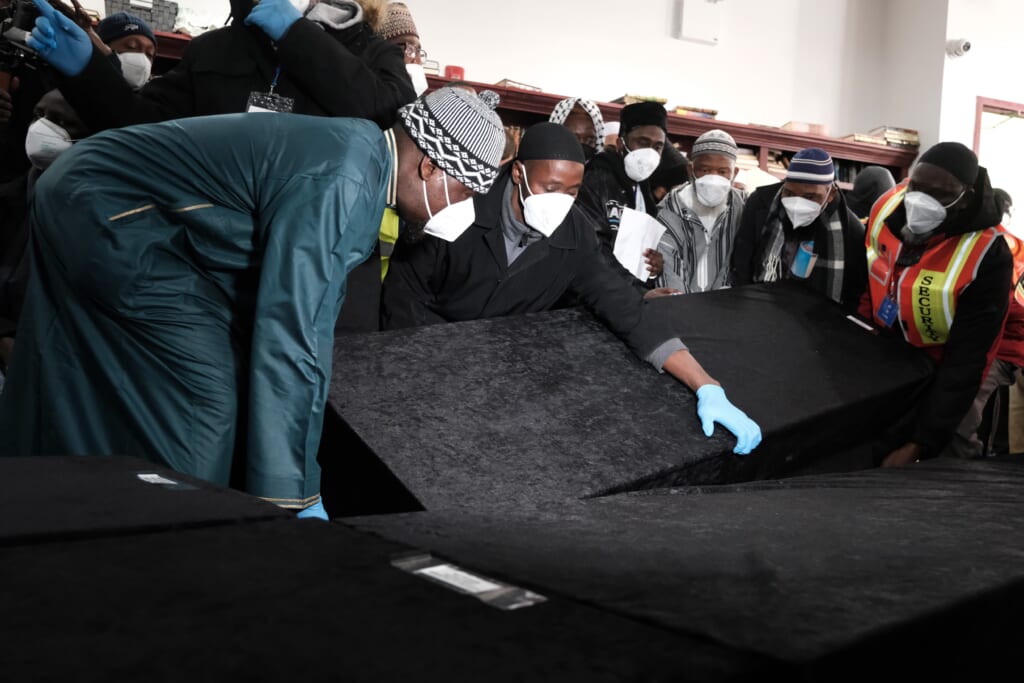
A pair of open doors in the 19-story residential high-rise caused a flue effect that pumped suffocating smoke throughout the upper floors.
The victims residing there were overcome as some made the reasonable mistake of trying to escape the building instead of waiting in their apartments for help to arrive, investigators determined.
Their deaths could’ve easily been avoided, fire safety experts told theGrio — if the privately-owned Twin Parks North West apartment complex where they lived was equipped with a sprinkler system.
“Sprinkler systems will knock down any fire very quickly and stop it from expanding down hallways or areas of the basement,” FDNY Foundation fire safety educator Darrel Patterson told theGrio. “In my opinion they are essential.”
But Parks North West was built in the early 1970s, the New York Times reported, before newly constructed New York residential buildings were required to have sprinklers.
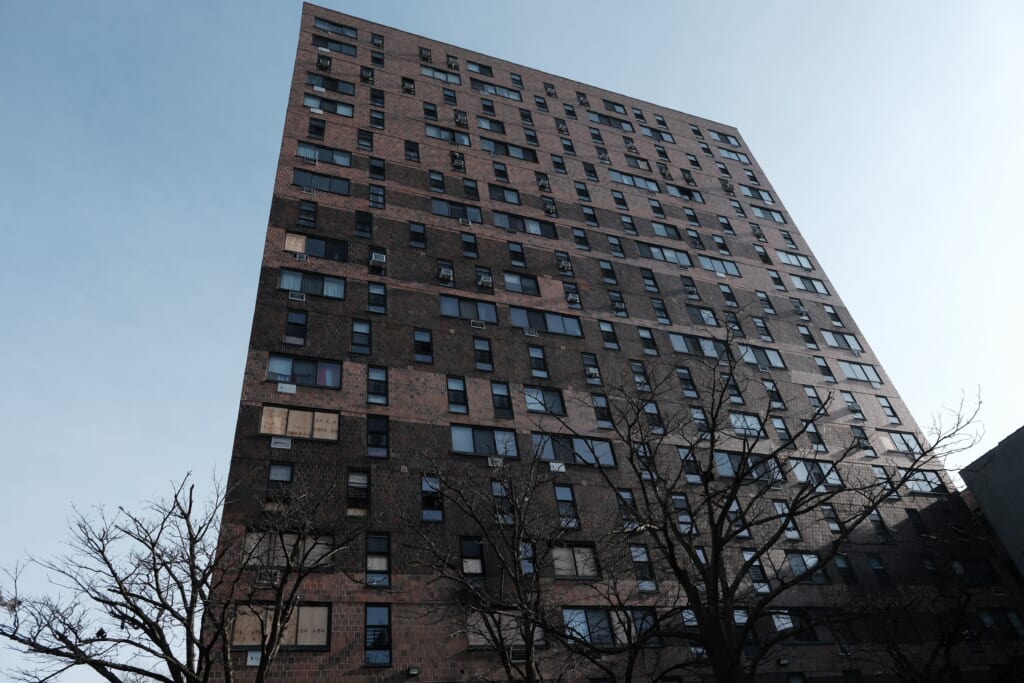
The same is true, officials say, for many similar high-rise public housing complexes throughout major urban centers in the United States, where a disproportionate number of Black and Latino Americans live.
An estimated 47% of public housing tenants across the country are Black or Black Hispanic, according to U.S. Department of Housing and Urban Development (HUD) data collected in December 2020.
Twenty percent of those tenants are white Hispanic, HUD officials told theGrio. Only 28% are white non-Hispanic.
“There is no doubt in my mind that people of color and lower socioeconomic people are subjected to unbelievable risk being in these buildings,” attorney Robert Vilensky of the Ronemus & Vilensky law firm told theGrio.
Vilensky represents 22 of the Parks North West residents included in a $3 billion class-action lawsuit filed against the building’s owners earlier this month. He’s also the attorney who represented the surviving victims of a 2017 Bronx fire in a series of lawsuits filed against that building’s owners and the city government.
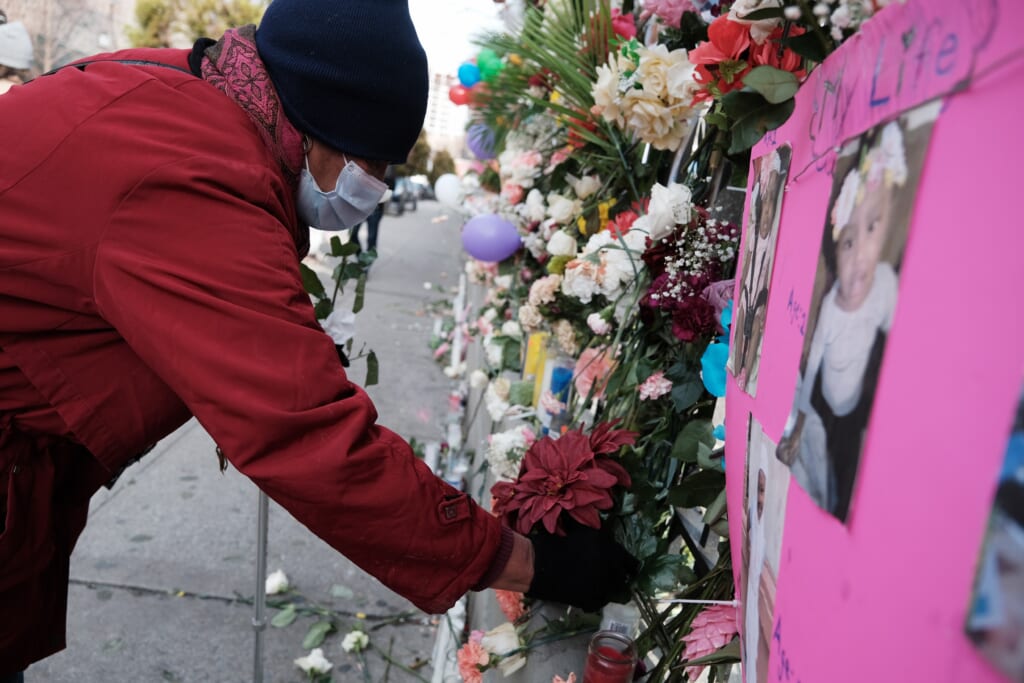
Most if not all the 13 people lost in that deadly December blaze, Vilensky estimates, were people of color as well. At least four of the victims were children.
“Is that the nature of urban living? Probably yes,” he said regarding the fire risk that exists in many older residential high rises where poorer locals tend to live. “They’re not safe, period. I would never live in any of these places.”
Having 10 or more people die in residential high-rise fires is a rarity, according to the FDNY Foundation, a fire safety-promoting nonprofit, and the National Fire Protection Association (NFPA), an international fire safety standards nonprofit.
The connection between who dies in major building fires has more to do with poverty than race, according to Birgitte Messerschmidt, director of research for the NFPA.
“There is an undeniable link between poverty and increased fire risk. That is for sure,” Messerschmidt told theGrio. “It’s not because of your race that you are at a higher risk in some these places. It is because of your income level.”
But race and poverty in America are often intertwined.
A December 2021 NFPA report on fire deaths by state found higher rates of death in states with larger percentages of people who live below the poverty line. The same report also found higher rates of fire-related mortality in states with larger Black or Native American populations.
Roughly 20% of Americans killed by fires from 2015-2019 were Black, according to the report, even though Black Americans only make up about 13% of the U.S. population. The largest chunk (31%) of fire deaths occurred in “large central metro” areas of the country.
“Four of the 10 states with the highest death rates were also among the 10 states with the highest percentage of African American or Black residents,” the study authors wrote.
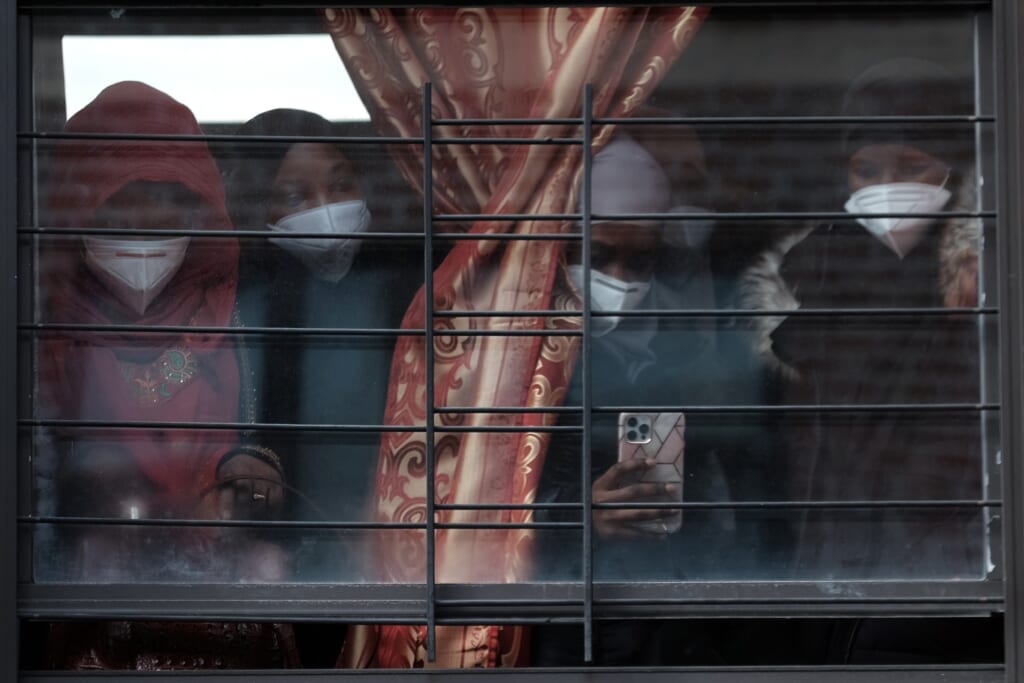
Many New York residential complexes built after 1980 were constructed using non-combustible materials and are considered fireproof, according to Patterson. It’s one of the reasons their owners argue installing expensive sprinklers systems isn’t needed.
“It would be a bigger expense for the building owners,” Patterson said. “It does inconvenience the tenants while they’re being installed, but if you can get a property owner who is going to pay for it, it’s going to be better in the long run.”
New York real estate developers, including former President Donald Trump, have lobbied against passing laws requiring sprinklers in old buildings that don’t already have them.
A New York City law requiring residential buildings taller than 40 feet to install sprinklers was introduced by former city council member Barry S. Grodenchick after the December 2017 Bronx building fire.
The bill was met with strong opposition from landlords and a coalition of tenants during the fall of 2020, according to CBS New York. No action has been taken on it since the city council’s last 2021 session ended in December, online records show.
“It’s an idea whose time has not come and I cannot imagine a time when it would make sense to open a million and a half existing apartments to solve a problem that doesn’t exist,” tenant coalition member Stuart Saft told CBS New York more than a year ago.
Valinsky said cost shouldn’t be the main concern when human lives are involved.
“They always say it’s too much money,” he said. “If there was a sprinkler system in this building, we wouldn’t be having this conversation.”
Have you subscribed to theGrio podcasts “Dear Culture” or “Acting Up?” Download our newest episodes now!
TheGrio is now on Apple TV, Amazon Fire and Roku. Download theGrio.com today!
More About:News
